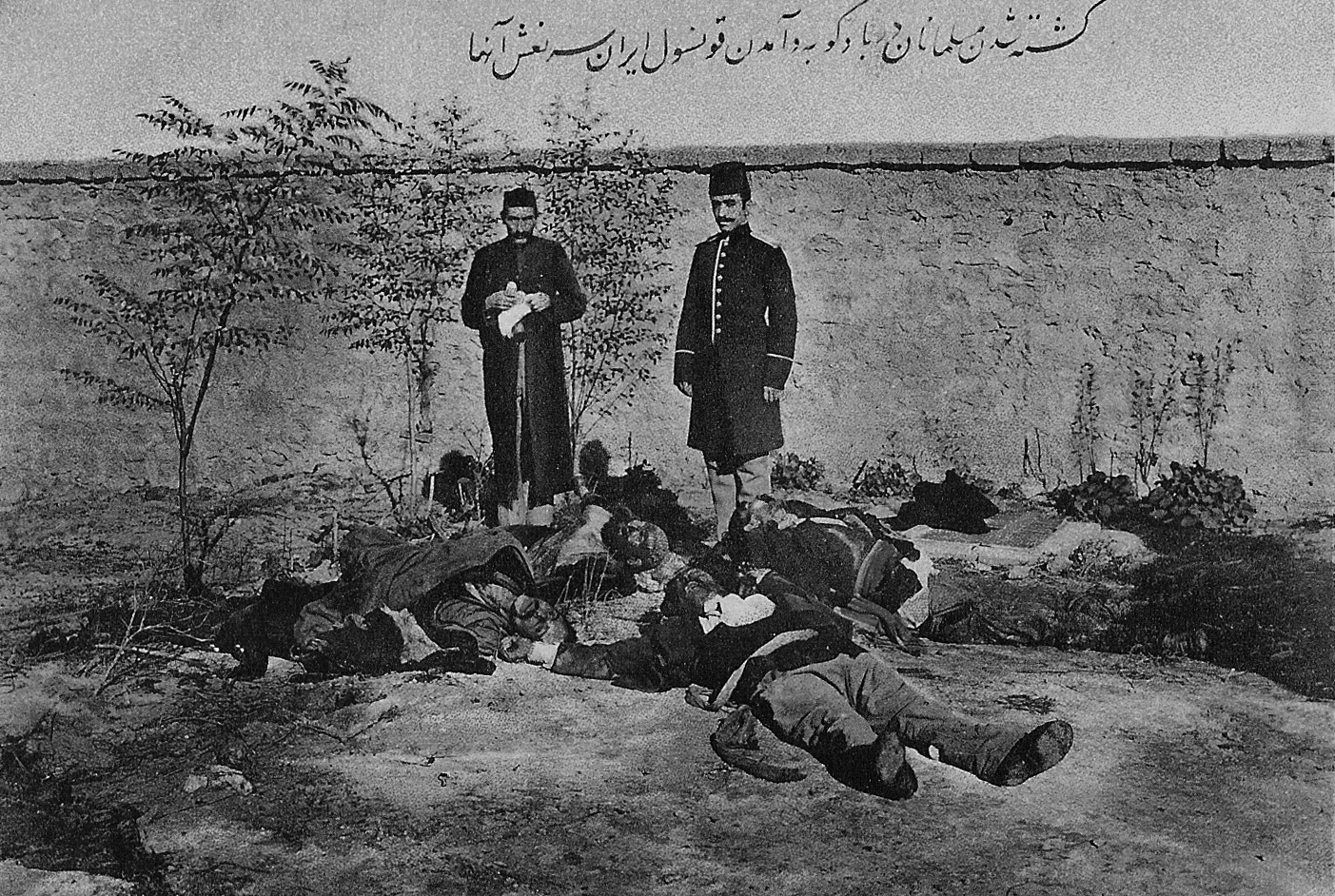|
March Days
The March Days or March Events () was a period of inter-ethnic strife and clashes which led to the death of about 12,000 Azerbaijani: "The results of the March events were immediate and total for the Musavat. Several hundreds of its members were killed in the fighting; up to 12,000 Muslim civilians perished; thousands of others fled Baku in a mass exodus." and other Muslim civilians that took place between 30 March – 2 April 1918 in the city of Baku and adjacent areas of the Baku Governorate of the Transcaucasian Democratic Federative Republic. Facilitated by a political power struggle between Bolsheviks with the support of the Armenian Revolutionary Federation (Dashnaktsutiun) on one side and the Azerbaijani Musavat Party on another, the events led to rumours of a possible Muslim revoltFiruz Kazemzadeh. Struggle For Transcaucasia (1917—1921), New York Philosophical Library, 1951.Tadeusz Swietochowski. Russian Azerbaijan, 1905—1920: The Shaping of a National Identity in ... [...More Info...] [...Related Items...] OR: [Wikipedia] [Google] [Baidu] |
Armenian–Azerbaijani War (1918–1920)
The Armenian-Azerbaijani war (1918–1920); ; russian: Армяно-азербайджанская война, translit=Armi͡ano-azerbaĭdzhanskai͡a voĭna. was a conflict that took place in the South Caucasus in regions with a mixed Armenian- Azerbaijani population, broadly encompassing what are now modern-day Azerbaijan and Armenia. It began during the final months of World War I and ended with the establishment of Soviet rule. The conflict took place against the backdrop of the Russian Civil War and the partition of the Ottoman Empire. Mutual territorial claims, made by the newly formed Azerbaijan Democratic Republic and Republic of Armenia, led to their respective support for Azerbaijani and Armenian militias in the disputed territories. Armenia fought against Azerbaijani militias in the Erivan Governorate of the former Russian Empire, while Azerbaijan fought Armenian claims to the Karabakh region. The war was characterized by outbreaks of massacres and ethnic cleansing ... [...More Info...] [...Related Items...] OR: [Wikipedia] [Google] [Baidu] |

